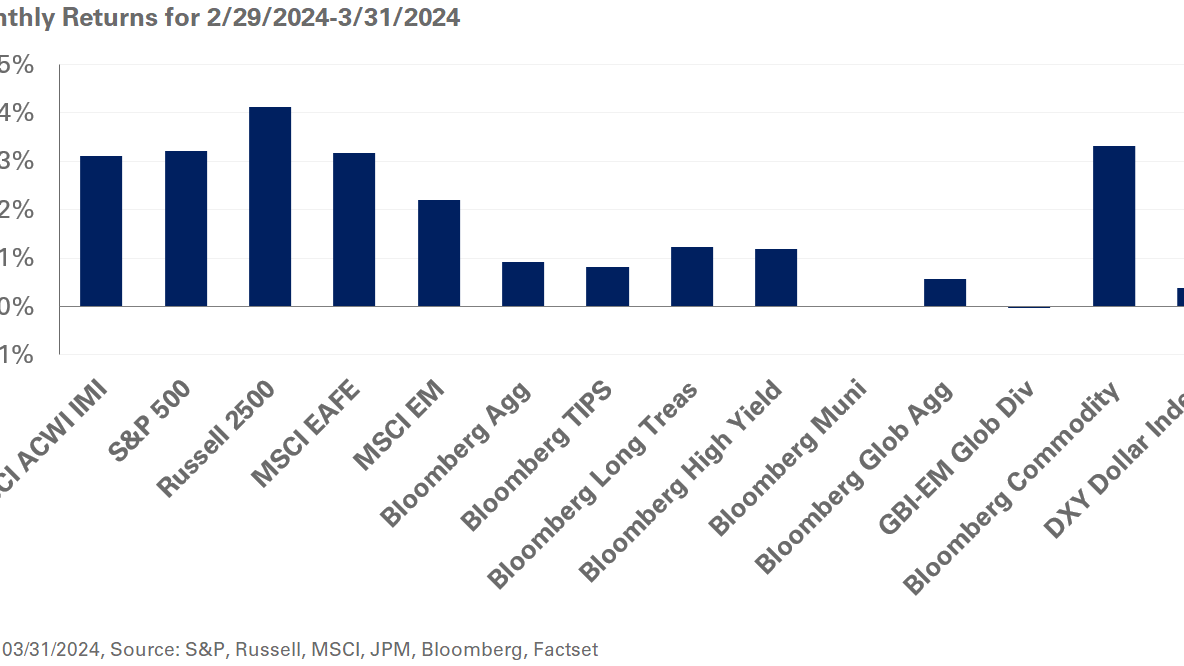Investors have been postulating on the upcoming election for some time now. Who will win? What will the opposing policies mean for various segments of the market? How will differing tax policies impact my particular tax situation?
NEPC’s Asset Allocation Group published the 2020 Election Overview that addresses market history of past elections, poll indications and market implications of key issues of the two candidates. This paper complements that work to highlight the differences in tax policy platforms between the two candidates. Of course, implementation of those platforms is also contingent upon the outcome of the congressional elections. A divided government would likely result in muted changes in tax policy.
Tax Policy Proposals
The Biden camp has outlined fairly detailed tax policy proposals. The Trump campaign is light on details, although one can assume that the position is mostly in line with the tax changes implemented through the 2017 Tax Cuts and Jobs Act (“TCJA”), with a push to make permanent certain features which are set to expire in 2025. It is worth noting that the TCJA brought tax rates down to relatively low levels on a historical basis.
| Tax Policy | Biden | Trump |
| Individual Tax Rate | Restore top rate to 39.6% | Maintain 37% top tax rate; make TCJA changes permanent |
| Social Security Payroll Tax | Tax of 12.4% (split between employer and employee) on income over $400,000 in addition to existing tax on income below $137,700 | Make executive order 2020 payroll tax holiday permanent for workers making less than $4,000 biweekly |
| Long-term Capital Gains and Qualified Dividends Rates | No preferential capital gains rates for income earners over $1 million; 3.8% surtax on net investment income for investors earning over a threshold ($200,000-$250,000, depending on filing status) | Maintain max 20% on net capital gains, with potential to cut the capital gains rate further; maintain 3.8% net investment income tax |
| Carried Interest | Tax at ordinary income levels | Maintain at preferred long-term gains rate with a potential index for inflation |
| Itemized Deductions | Cap itemized deductions at 28%; repeal the $10,000 SALT limitation | No cap on deductions; maintain current SALT limitation |
| Estate, Gift and Generation Skipping Tax Exemption | Lower estate/GST exemption to $3.5 million; limit gift tax exemption to $1 million. Potential for higher estate/GST/gift rate (45% top rate) | $11.58 million (indexed to inflation) by making TCJA changes permanent; maintain highest estate/GST/tax rate of 40% |
| Cost Basis Step-up at Death | Repeal step-up in cost basis; tax capital gains at death | Maintain step-up in basis |
| Corporate Tax Rate | Raise to 28%; imposing a minimum tax rate of 15% of book income on large corporations (book income over $100 million) if they do not report any taxable income | Maintain at 21% |
Revenues raised from the Biden tax plan are targeted for increased spending on his policy priorities, including infrastructure, climate change, education and childcare.
Planning Opportunities
We urge all clients to consult their tax and estate advisors to determine the best opportunities for their particular situation.
However, if investors believe that rates may be higher in the future, there are some common-sense strategies to consider for mitigating the impact of higher taxes.
- Defer investment losses or deductions to future years where the tax-advantage may be greater
- Realize capital gains in 2020 to take advantage of current lower capital gains rates
- Make gifts, either outright or in trust, in 2020 to take advantage of historically high estate tax exemption
- Fund private foundations or donor-advised funds in 2021 and beyond with low cost basis stock if basis step-up is eliminated
- For individuals concerned about payroll taxes that are receiving income through pass-through businesses (partnerships, LLC’s), discuss with your tax advisor or attorney about restructuring to an S-Corp
- Convert traditional IRA’s to Roth IRA’s prior to year-end; consider charitable contributions to offset the tax on conversion
- Assess portfolio to pursue more tax-efficient investing strategies as a way to maximize after-tax returns
- Evaluate strategies benefitting from low interest rates (GRATs, intrafamily loans, intentionally defective grantor trusts)
In Closing
More will be known once the results of the election are determined. Further clarification will come through the legislative process. As we have observed historically, tax policy changes may revert back to the beginning of the calendar year for the effective date of the changes. Astute investors should use the provided policy guidance and advice from trusted advisors during the last part of the year to optimize after-tax returns.



